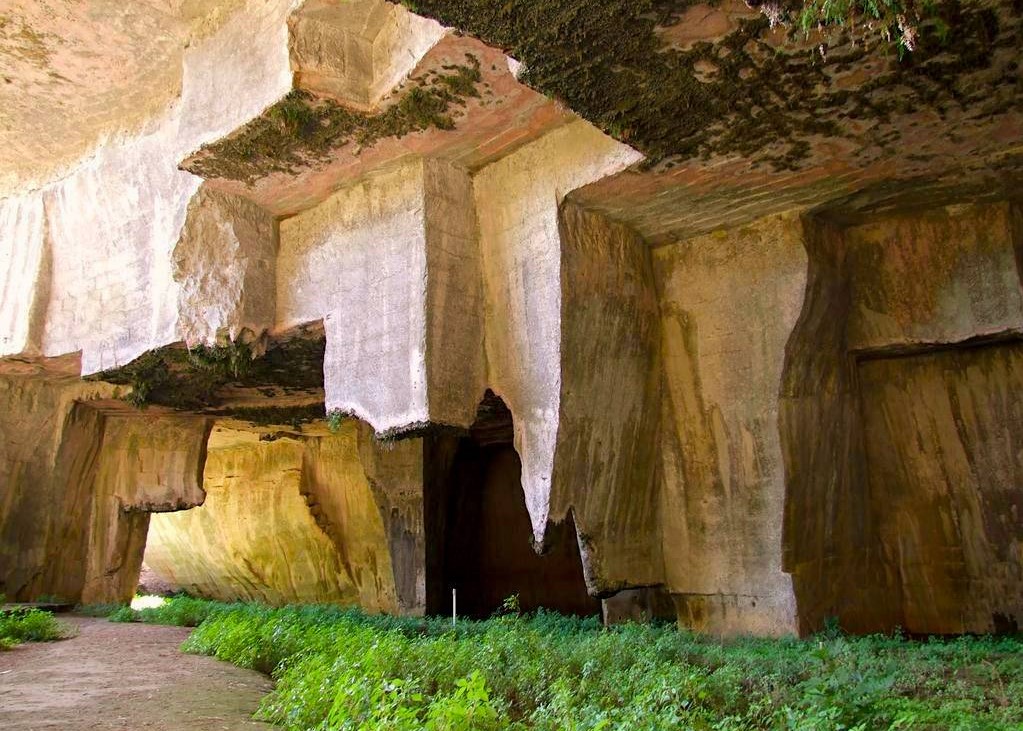
Siracusa in Sicily is certainly one of the Italian cities with more variety of historical and artistic finds of the whole Italy. From the rationalist architecture you can go back through the history of the place through its vestiges, up to the ancient Greek settlement that made it one of the most powerful and magnificent cities of the entire Magna Grecia.
Its power was due not secondarily to its geographical position, the fertility of the land and the variety of landscape that surrounded it. Between the original settlement on the coastal island of Ortigia, at the mouth of the river Anapo, to the heights behind the coast that split into quarries from the vertical walls with caves and cool caves.
They are the Latomie, used over the centuries for the most diverse purposes, were prisons (here were locked up the Athenians captured during the war of 415 BC), warehouses, workshops and anti-aircraft hiding places.
After almost forty years, on July 12th, inside the Neapolis of Siracusa, the Cave of the Cordari reopened, so called because for three centuries and until 1983 the people of Siracusa produced their ropes here with the traditional system of the hand wheel, thanks to the natural humidity and to the amplitude of the place that allowed them to spread the vegetable fibers and to transform them into threads.
Not far from the Ear of Dionysius, the cave is located within the "Latomia del Paradiso", in the monumental area of the Neapolis of Siracusa, known as a stone quarry and prison; according to what has been handed down by historians, it was later transformed into a garden of lemons and oranges.
The reopening of the Cave of the Cordari, after decades of closure testifies to the desire to return a wealth of humanity that is history, environment, tradition and that testifies to the industriousness of the people of Sicily since antiquity. Thanks to the commitment of the Archaeological and Landscape Park of Siracusa, Eloro, Villa del Tellaro and Akrai, important cleaning and safety interventions have been carried out in recent months, necessary to ensure the best conditions for visiting. Giving back to the whole world the fruition of such a powerful and suggestive place is, for us, a reason of pride and great satisfaction.
The Cave of the Cordari is still today one of the most suggestive natural environments of Sicily, with its scenographic effects and the succession of wide "rooms" with polychrome colors enriched by mosses and maidenhairs; pillars and false pillars make this place even more suggestive thanks also to the presence of water. In addition to the Cave of the Cordari, the adjacent Cave of the Saltpetre can also be visited, so called because saltpetre was worked there: a deposit consisting of mineral salts that is found on the damp walls of the cave; the monumental opening is covered by a gigantic boulder of the collapsed vault on which are visible the detachment plans of the calcareous blocks, evidence of the extraction of stone from this quarry.
These two last openings of Latomie join those already visited as that of the Cappuccini and the Latomia del Paradiso going to recompose another important piece of the ancient Neapolis Siracusana.



